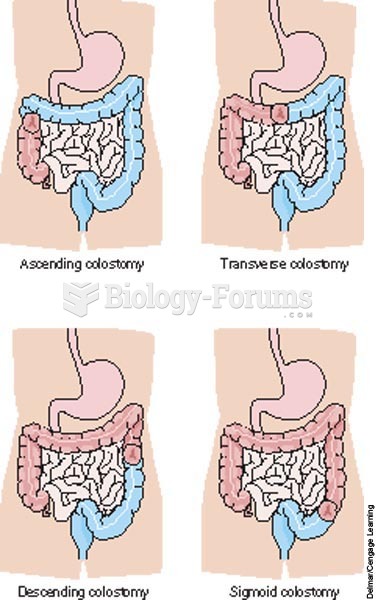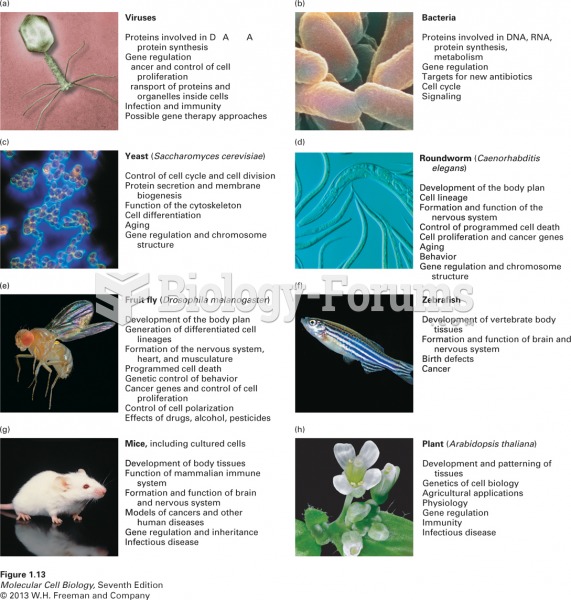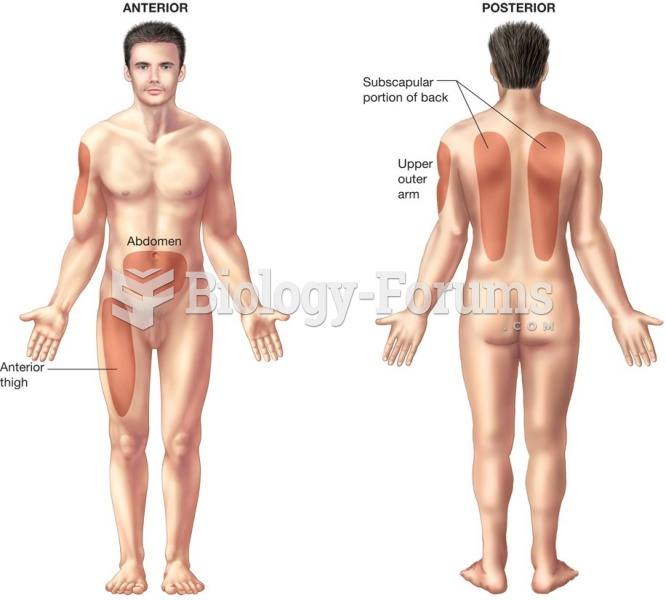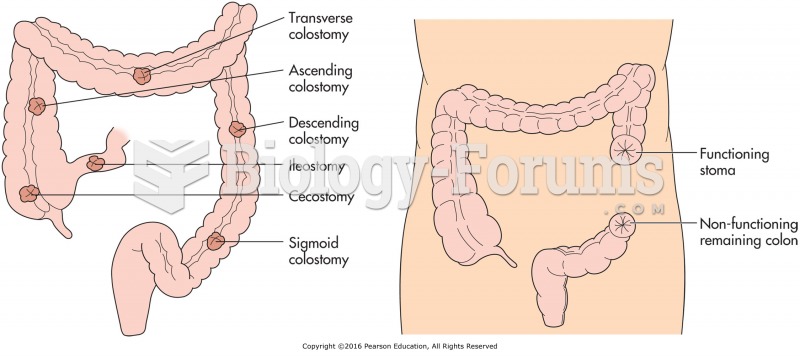Answer to Question 1
Pure digital news sites have many advantages over print newspapers. They don't have the cost of printing papers; they can create new work flows and business processes that are more efficient and timely; they have a lower cost structure, often relying on user generated content and minimal payments to reporters and bloggers, with lower pension costs; and they can take advantage of newer technologies for producing the news. While the quality of journalism on these pure digital sites is not as good as traditional print newspapers, this situation is changing rapidly as the pure digital sites hire talented journalists and editors from print newspapers that are experiencing financial difficulties. What online news sites often do not have is credibility and trust. For instance, Buzzfeed has been the subject of many lawsuits accusing it of copying content from competing newspapers and sites without attribution, claiming the content as its own. Without trust and quality, online news sites are simply distractions filled with celebrity photos, and there is significant competition for this kind of content.
Answer to Question 2
Newspapers have developed three distinct business models to adapt to the Internet and the mobile and social platform. The three models are Print-centric, Integrated Print/Web and the most current model, Digital First (2007-present).
In the Print-centric business model, newspapers created digital copies of their print editions and posted them online. Readers discovered stories as they did before, by reading the front page online, following links to stories, and clicking on topic areas or sections. Stories were promoted by a business department that sought to enlarge the print audience and to attract advertisers based on readership and online visitors. Digital advertising was very limited, in part because advertisers did not believe it was effective. Readers were not engaged with journalists except insofar as they read the stories and could identify with the subjects of stories. The business process of creating journalism did not change. There was little difference, if any, between the print and online versions. The technology platform for the digital edition was the desktop or laptop, and news was consumed at home and work.
In the Integrated Print/Web business model, newspapers adopted multimedia elements such as video, added more interactive elements like crossword puzzles and contests, and provided more reader feedback opportunities, especially on opinion and editorial pages. There were opportunities to personalize the news using RSS feeds and push news to the reader. Nevertheless, news was discovered by the reader visiting the website; promoting content online was limited, primarily to RSS feeds. Readers were somewhat more engaged. The technology platform remained the desktop or laptop platform.
In the Digital First business model, start-up news sites have spurred newspapers to radically transform their business or go out of business. The new platform is not based on personal computers using a browser, but on mobile devices and apps, with desktops and laptops now just one pillar of the delivery platform. In this new environment, the news does not stop at 5 PM, but goes on 247. Often amateurs on scene know more about the news in the first hours of a story than any collection of journalists in their offices. Amateurs provide video feeds, commentary, and opinion. The Digital First business model inverts previous models: the top priority is producing the most engaging, continually updated digital edition, and then producing a print product based on the news developed in the digital edition. In the case of pure digital start-ups, there is no print edition, and the news is just a continuous stream of updates, blogs, tweets, and posts, rather than a fixed article. News articles are timestamped, indicating an update is on the way and the reader should return to follow the story. Instead of waiting for readers to discover the news, or search for the news on a search engine, the news is pushed to readers on any of a variety of venues where they happen to be social media sites, mobile news feeds, Twitter, or Yahoo or Google News. Journalists remain professionals, but they follow Twitter feeds and social media sites, and promote their stories and personas on social media sites. Their job is no longer simply reporting and writing, but promoting and engaging readers on a personal level through their own efforts. Superior reporting and writing is no longer the sole criterion for hiring and advancement. More emphasis is put on reporters' abilities to attract audiences on their own social media pages and Twitter feeds.
The Digital First business model is not yet a reality for traditional newspapers; however, the largest print newspaper organizations, such as The Wall Street Journal, The New York Times, Washington Post, and others, have begun the journey towards becoming Digital First news organizations.







